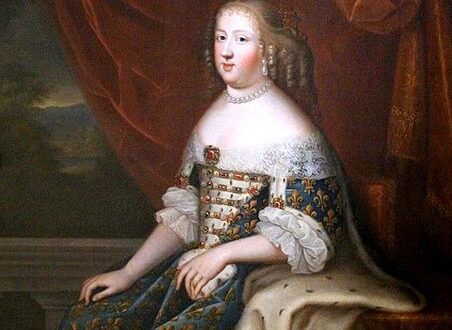Noblesse de Robe et Noblesse d’Èpée
In the time of Louis XIV and the Ancien Régime we have several categories to distinguish one noble from the other and these are based on how one gained one’s title, for example:
- The Noblesse de Chancellerie, the nobility of chancery, who hold certain high offices under the King.
- The Noblesse de Lettres, nobility of letters, ennobled by the King’s letters patent.
- The Noblesse de Cloche, nobility of the bell, mayors of important towns, such as Paris, Angers, Angoulême, Bourges, Lyon, Toulouse, Perpignan, and Poitiers.
- The Noblesse de Militaire, officers holding commissions in the army and navy who were not by descent members of nobility.
But the two most important categories are the Noblesse d’Èpée and the Noblesse de Robe.
The first, the Noblesse d’Èpée, nobility of the sword, were the noblemen of the oldest class of nobility in France dating from the Middle Ages and the Early Modern periods, but still arguably in existence by descent. It was the was original knightly class, owing military service, usually to a king, in return for the possession of feudal landed estates. The term Noblesse d’Èpée is largely synonymous with Noblesse de Race, nobility of family, and Noblesse Ancienne, old nobility, and refers to the right of wearing a sword or later a rapier.
The Noblesse de Robe, nobility of the robe, did not have the right to carry a carry sword, making the distinction between them very clear. Their ranks came from holding certain judicial or administrative posts. These nobles, especially the judges, who had often studied at a university, were called Nobles of the Robe after the robes or gowns scholars wore. Originally given out as rewards for services to the king, the offices became venal, a commodity to be bought and sold under certain conditions.
Thus nobles of the robe were often considered to be of inferior rank to the Noblesse d’Èpée, because their status was not derived from military service and/or land ownership.
The Noblesse d’Èpée had greater prestige by far, and was given control of the French provinces in positions of power, while the members of the nobility of the robe, who bought their positions, had usually a higher income than most nobles of the sword.



